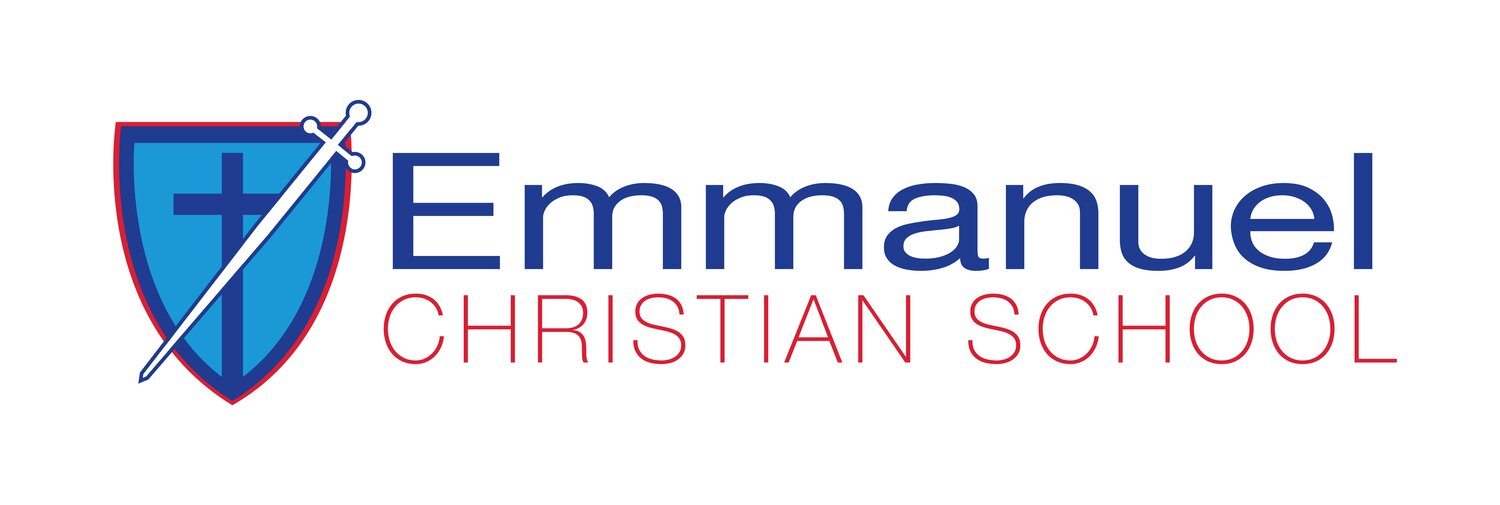“The mind is not a vessel to be filled, but a fire to be kindled”
For me, curiosity is becoming somewhat of a superpower word. I don’t admit to understanding what it fully means yet, but it has been a word that I have spent quite a bit of time pondering.
Pondering how it can have a positive impact on our students. It was placed back on my radar earlier this week whilst I was listening to a podcast on ‘advice’.
Advice is something that we all believe we are very good at giving. It is something that we have been trained to do all our lives and we freely give it because we generally care about the person who has sought the advice. However, being an advice giver can be problematic. Giving advice can be viewed through the following three lenses.
The first lens is where we do not know what the ‘real’ challenge is that the other person is trying to solve. We therefore give advice that doesn’t actually help the person who asked.
The second lens is that the advice we are giving isn’t actually that good. Our advice can be biased depending on our own experiences, our history. The person we are giving advice to won’t necessarily be living the same current reality we did.
The third lens is, the impact our advice has on the other person. There will be times when we may know completely what the problem is and we may have a fabulous ‘solution’ to solve the problem. However, our giving advice to others, could easily be viewed through an invisible statement that, “I am better than you”. By constantly giving advice, you could be perceived as trying to one up yourself against the other person.
Ideally, in a perfect world, we would try and empower the other person seeking assistance, be that, a student, a colleague, a spouse, our neighbour and most importantly, our children. We need to encourage them to figure out what the real problem is. I am sure that you would agree, we want to build competence and confidence in those we interact with daily. But unfortunately, advice giving is seductive, we will often trade the short-term feel good moment of giving advice over the opportunity to allow people to be curious in a situation. We can step back, to enable the other person to develop longer term skills that will assist them in becoming the best versions of themselves.
“Value and Reward curiosity. If you want a plant to grow, you feed it. Curiosity is the same.”
The act of curiosity can also be viewed as an act of vulnerability. It is a space where we are exposing ourselves to possible criticism or attack. Allowing people to be curious enables them to stay in a place of ambiguity for a little bit longer, in a space where they aren’t entirely sure what’s happening. It’s a space where you don’t know if you are being helpful, valuable or even important. You are handing over power to someone else. In this place, you put your ego aside, you are enabling the other person to be in the spotlight, to take control, to take ownership.
Curiosity is something we want to encourage in our students. In a long-term study, Gottfried, A. E., Fleming, J., & Gottfried, A., W. (2001) concluded that student motivation in core academics peaked at age 9 and diminished as they grew older. As an educator, that is a sobering quote. However, not all research paints a bleak picture. In another study, Susan Engel (2015) placed a “curiosity box” at the back of her classroom. This box contained eighteen drawers containing novelty items. Not surprisingly, she found that some students would investigate the drawers more often than others, this was to be expected. Similar boxes were then placed in other classrooms throughout the school. What was interesting in her findings was that curiosity varied by classroom. Engel observed this more closely and what she found was that the students who were in a classroom where the teacher smiled and talked in an encouraging manner, they were more likely to be curious and eagerly explore the drawers. Sadly though, for students in classes where the teacher was reserved and task oriented often had their curiosity quashed.
Below are five examples of how we all can encourage and promote curiosity at home as well as at school:
Value and Reward curiosity. If you want a plant to grow, you feed it. Curiosity is the same
Teach young people how to ask quality questions
Focus on questions, not answers
Let children lead. It’s difficult to be curious if the learning is passive
Encourage children to tinker
One last thought: above anything else, we need to continually reflect on what we do to make sure we aren’t stifling curiosity by applying rigid procedures that restrict creativity. Take the time to encourage curiosity and independent thinking and see where it leads – we want our young people to become better problem solvers and critical thinkers, two of the most important twenty first century learning skills necessary for present and future careers.
Drew Roberts — Deputy Principal

